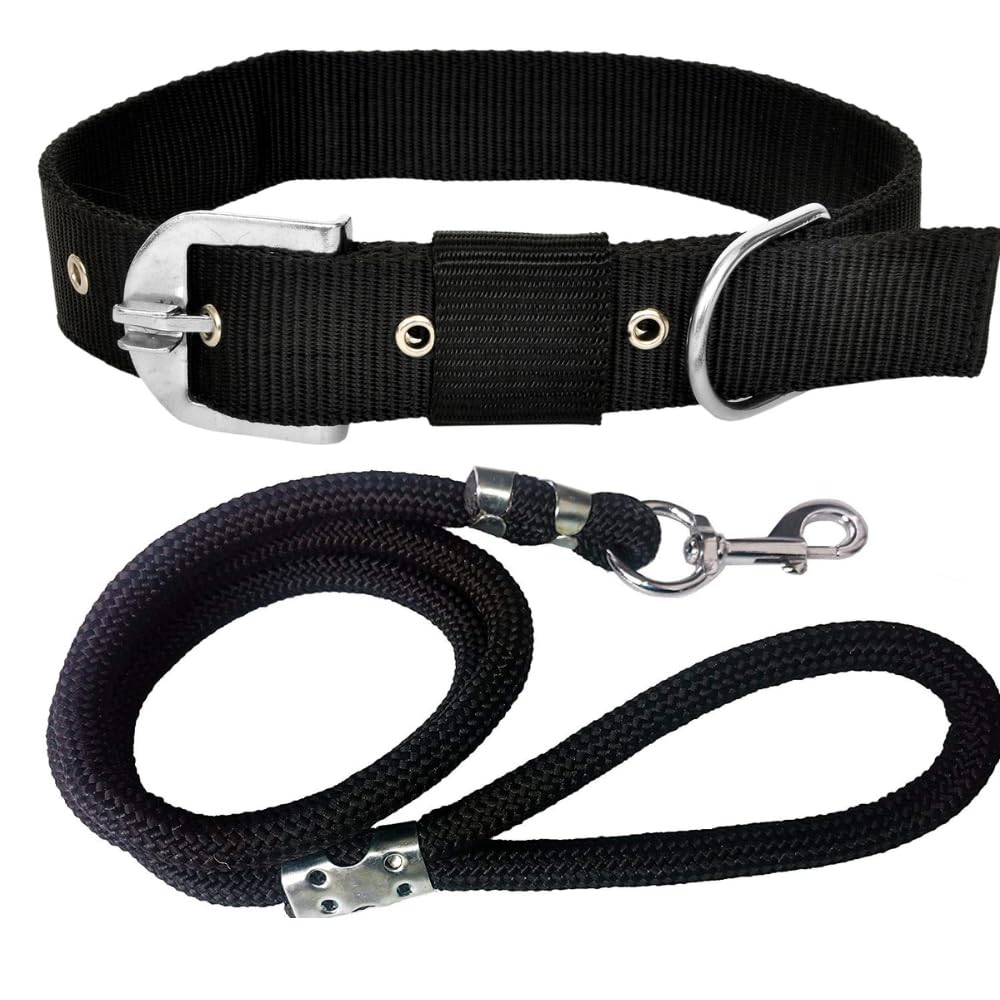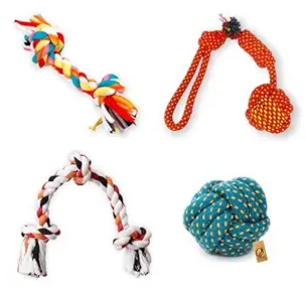Dog ownership comes with immense joy, but it also comes with responsibilities that shouldn’t be overlooked. One of the most alarming situations is when a pet dog bite occurs. While some bites may seem harmless, others can be much more dangerous. Understanding the circumstances when a pet dog bite is dangerous and what to do next is crucial for both dog owners and anyone who encounters dogs.
Common Reasons Dogs Bite
Dogs bite for various reasons, and it’s essential to grasp the root cause to handle the situation properly.
- Fear-Based Biting: What Triggers It
When a dog feels cornered or threatened, their instinctive reaction might be to lash out. Fear-based biting is often a response to unfamiliar people, loud noises, or sudden movements. - Defensive Biting: Protecting Themselves or Their Territory
A dog may become defensive if they feel that their space, food, or owner is under threat. Dogs can become territorial, especially in environments they consider their own. - Redirected Aggression: A Surprising Cause of Dog Bites
If a dog is frustrated or angered by something or someone out of reach, they may redirect their aggression towards someone else nearby, even if that person or animal was not the original cause of the stress.
Recognizing the Severity of a Dog Bite
Not every dog bite is life-threatening, but it’s important to discern which bites need immediate attention.
- The Difference Between a Warning Nip and a Dangerous Bite
A warning nip is often quick and not intended to cause harm. However, if the bite is deep, tears skin, or continues aggressively, it could be far more dangerous. - Physical Signs That Indicate a Pet Dog Bite is Dangerous
A dangerous bite will often result in puncture wounds, heavy bleeding, or deep tissue damage. Additionally, if the dog shows no signs of backing down after the bite, it’s a sign of potential ongoing aggression.
Immediate Actions After a Dog Bite
Knowing what to do immediately after a bite can make a significant difference in the outcome.
- How to Stay Calm and Assess the Situation
Remaining calm is vital. Assess the wound quickly, and if possible, move to a safe area to prevent further bites. This helps both you and the dog to de-escalate. - Steps to Take in the First Few Minutes After Being Bitten
Wash the wound with soap and water, apply pressure to stop the bleeding, and elevate the area if possible. Even a seemingly minor bite should be cleaned and treated quickly to prevent infection.
First Aid for Minor Dog Bites
Not all dog bites require medical intervention, but they all need proper care.
- Cleaning and Disinfecting the Wound
Gently clean the area with mild soap and water. Avoid scrubbing too hard, as this can cause further damage to the skin around the bite. - Monitoring the Wound for Signs of Infection
Over the next few hours and days, monitor for redness, swelling, or pus. Any signs of infection should prompt a visit to the doctor.
When to Seek Medical Attention
Certain situations demand immediate professional help.
- Key Symptoms That Indicate a Pet Dog Bite is Dangerous
If the bite is deep, won’t stop bleeding, or if you notice symptoms such as fever or swelling, seek medical attention immediately. - Understanding Rabies: A Rare but Serious Threat
Though rare, rabies is a fatal virus transmitted through bites from infected animals. If the dog’s vaccination status is unknown, or if they appear erratic, see a doctor without delay. - The Importance of Tetanus Shots After a Dog Bite
Tetanus bacteria can enter the body through a dog bite. If you haven’t had a tetanus shot in the last 10 years, or if the wound is deep, a booster may be needed.
Infection Risks After a Dog Bite
The risk of infection is one of the most dangerous aspects of a dog bite.
- Common Bacteria That Make Pet Dog Bites Dangerous
Bacteria such as Pasteurella and Staphylococcus can easily infect bite wounds. These infections can lead to complications if untreated. - How to Spot an Infection Early
Redness, warmth, pus, and a foul odour are tell tale signs of infection. If you notice any of these, it’s crucial to see a healthcare provider immediately.
When a Pet Dog Bite Becomes a Legal Issue
In some cases, a bite can lead to legal complications.
- Reporting the Incident: Who Needs to Know
Depending on local laws, certain dog bites must be reported to animal control, especially if the bite occurs outside the home or involves a stray dog. - Understanding Liability and Responsibility
In cases where a dog bite results in injury, the owner may be held liable for damages. Consulting legal counsel can help navigate these situations.
Preventing Future Dog Bites
Prevention is the key to keeping both your dog and others safe.
- How to Identify the Warning Signs of an Impending Bite
Growling, baring teeth, or rigid posture are all signals that a bite may be imminent. Recognizing these cues early can help you avoid a dangerous situation. - Training Techniques to Reduce Aggressive Behaviour
Consistent training with positive reinforcement can reduce a dog’s likelihood of biting. Teaching commands such as “leave it” or “stay” can de-escalate potential conflicts. - Socialization: The Key to a Balanced, Non-Aggressive Dog
Socializing your dog from an early age helps them become comfortable around other dogs, people, and environments, reducing fear-based aggression.
What to Do if a Dog Bite Happens to Someone Else
Sometimes, the bite victim may not be you.
- How to Handle Your Dog Biting a Stranger
Immediately assess the situation, offer assistance, and provide your contact information. Encourage the person to seek medical attention, even for minor bites. - Offering Support and Compensation: When It’s Necessary
If your dog injures someone, covering medical expenses and offering emotional support can help smooth over the incident and prevent further legal complications.
Addressing Emotional Trauma After a Bite
Injuries from dog bites can go beyond mere wounds.
- Coping with Fear and Anxiety Post-Incident
Both humans and dogs may experience fear after a bite incident. Taking steps to rebuild trust and provide reassurance is important for recovery. - How to Regain Trust in Your Pet
Gradually work to regain confidence in your pet by engaging in positive, controlled interactions. Rebuilding your relationship requires patience.
Understanding Breed Tendencies and Bite Behaviour
Not all dogs are the same.
- Are Some Breeds More Prone to Dangerous Biting?
While breed stereotypes exist, any dog can bite under certain conditions. However, some breeds are known for more aggressive tendencies and should be trained and socialized accordingly. - Genetics’ Part in Aggressive Behaviour
Beyond upbringing, a dog’s genetics can play a role in their propensity to bite. Understanding your dog’s breed traits can help prevent aggressive incidents.
How to Safeguard Your Home and Family from Future Bites
Creating a safe environment is crucial for preventing bites.
- Creating a Safe Space for Your Dog
Providing your dog with a calm, quiet area they can retreat to when overwhelmed can prevent aggressive reactions. - Setting Boundaries to Prevent Overstimulation
Establishing clear rules for both humans and dogs in the household can prevent overstimulation and reduce the likelihood of biting.
Legal Ramifications of a Dog Bite Incident
Bites can carry legal consequences.
- Laws Surrounding Dangerous Dog Bites
Many jurisdictions have specific laws for dealing with dangerous dog bites, including fines, mandatory training, or even quarantining the dog. - Insurance and Medical Costs: What to Expect
Dog owners may be responsible for the medical bills of a bite victim. Pet insurance can help cover some of these expenses, but it’s important to understand your legal obligations.
Consulting a Professional: When Training is No Longer Enough
Sometimes, expert help is required.
- Finding the Right Trainer or Behaviourist
A certified behaviourist can assess your dog’s behaviour and offer tailored solutions for managing aggression. - When Veterinary Intervention is Necessary
In some cases, underlying health issues may contribute to a dog’s biting behaviour. A vet can provide medical insight and recommend treatments.
The Role of Early Intervention in Reducing Biting Incidents
Preventing a bite starts early.
- Why Puppies Need Socialization and Training from Day One
Early socialization helps puppies grow into well-adjusted adults. Introducing them to a variety of environments and people is essential for bite prevention. - Behavioural Red Flags to Address Immediately
Jumping, excessive growling, or resource guarding are behaviours that need immediate correction to prevent escalation into biting.
Conclusion
Recognizing when a pet dog bite is dangerous and knowing what to do next can prevent serious consequences. By understanding your dog’s behaviour, providing proper training, and taking immediate action after a bite, you can ensure the safety of everyone involved.
Related posts:







